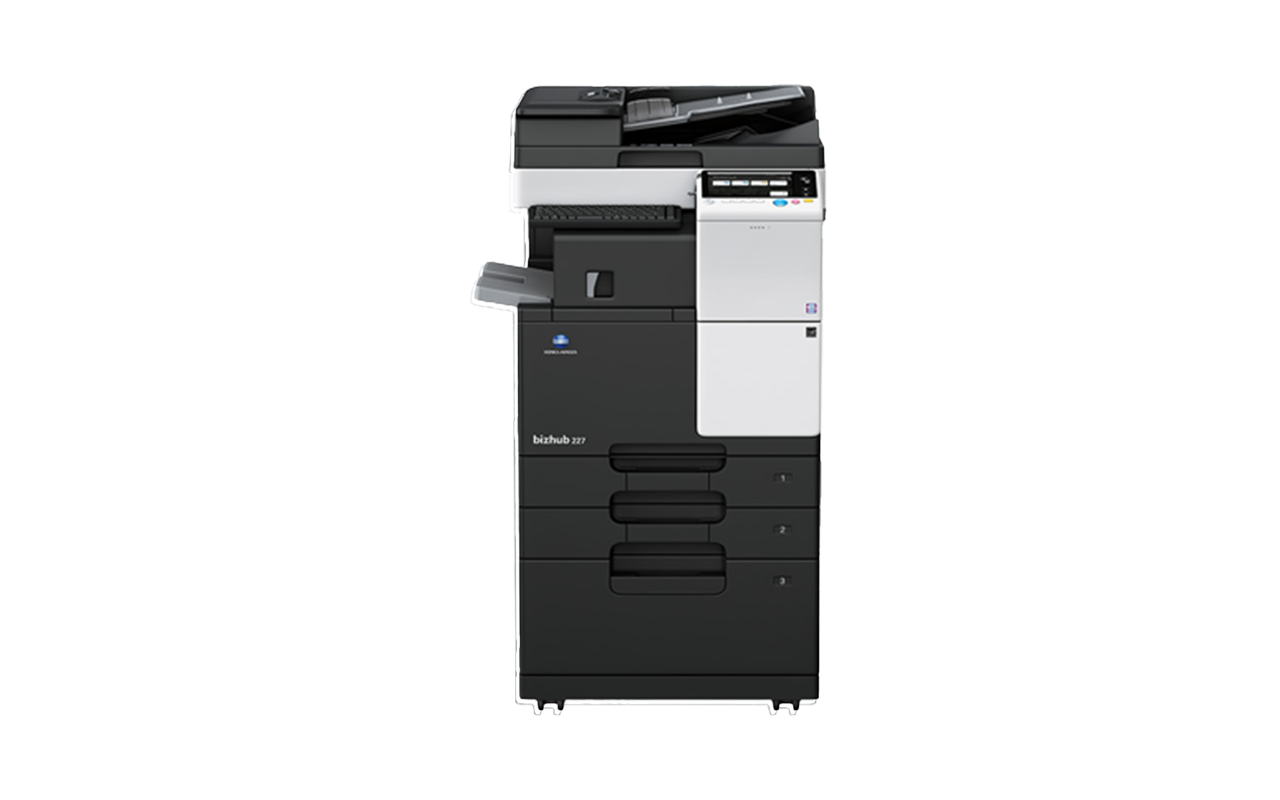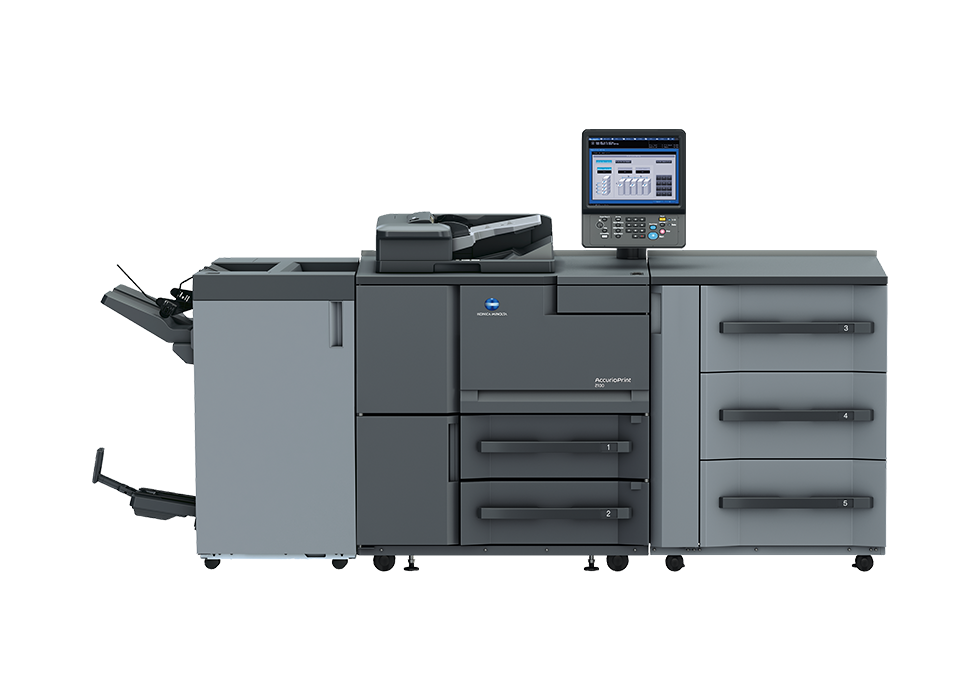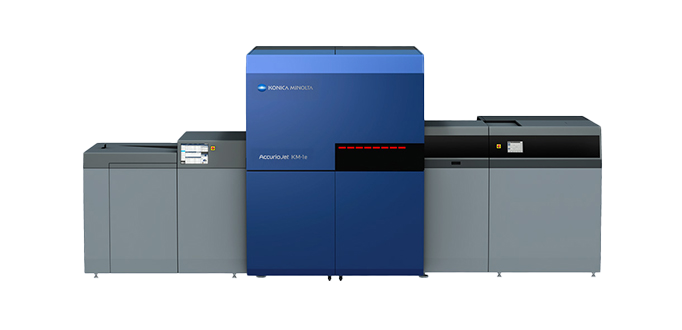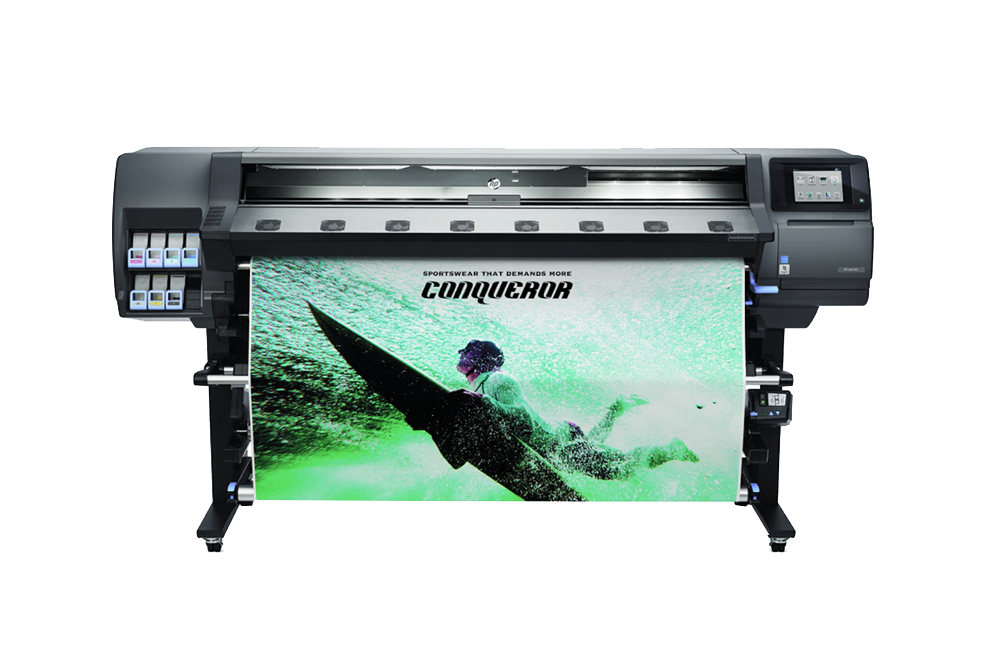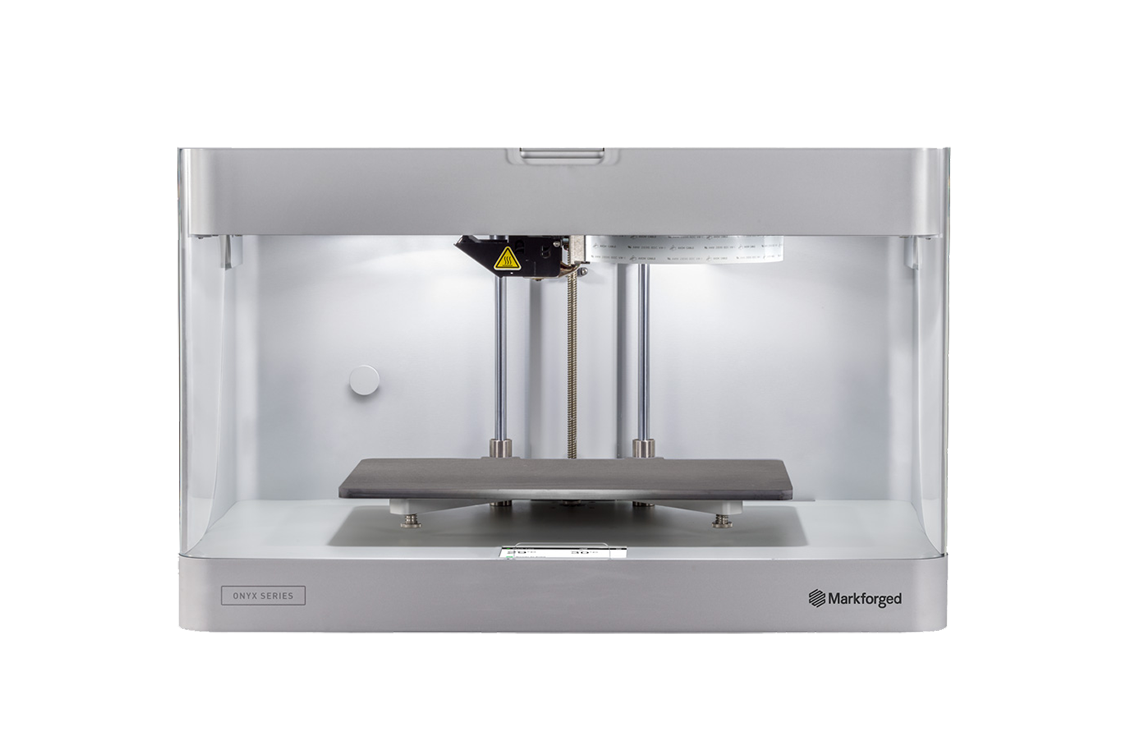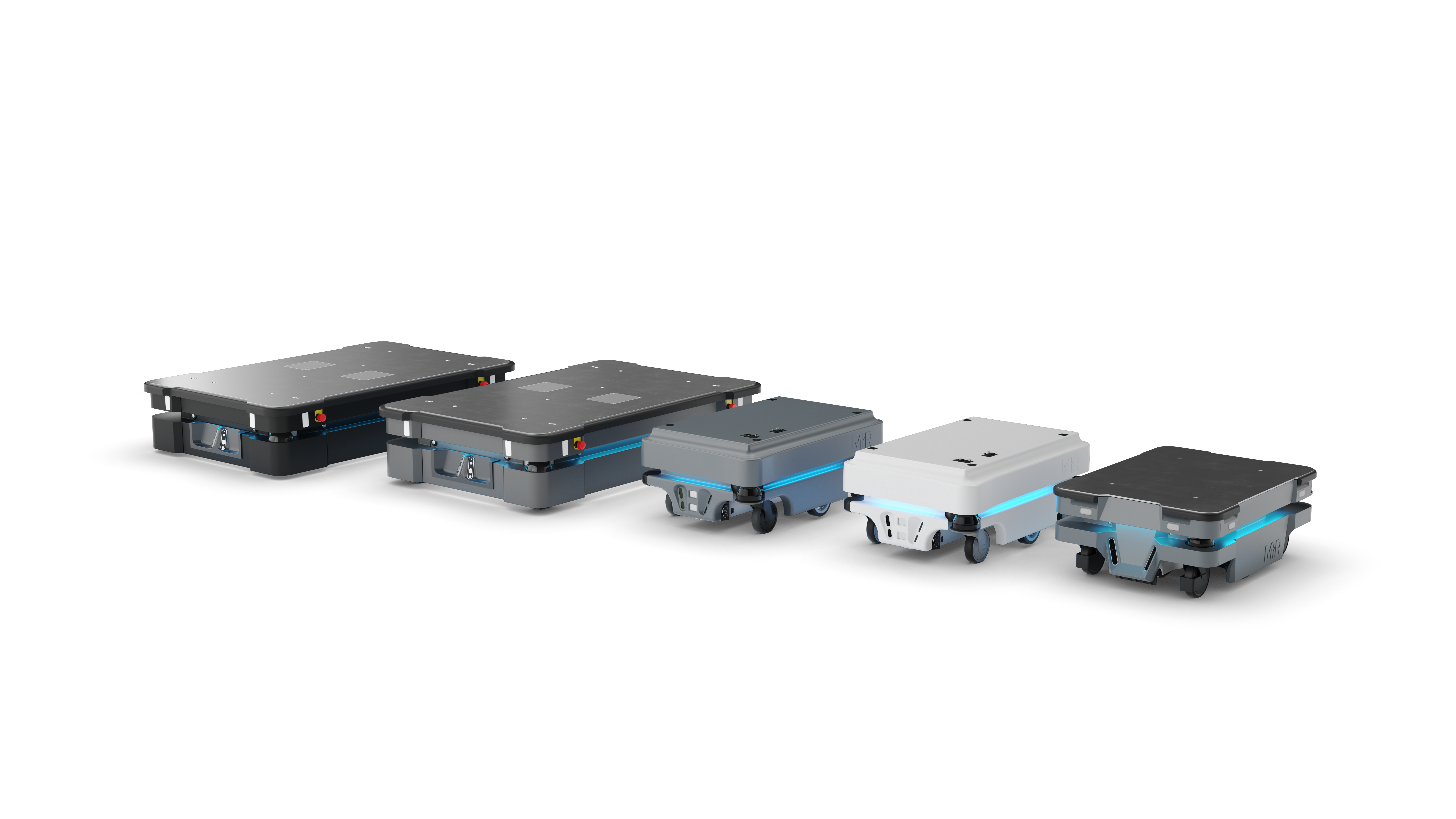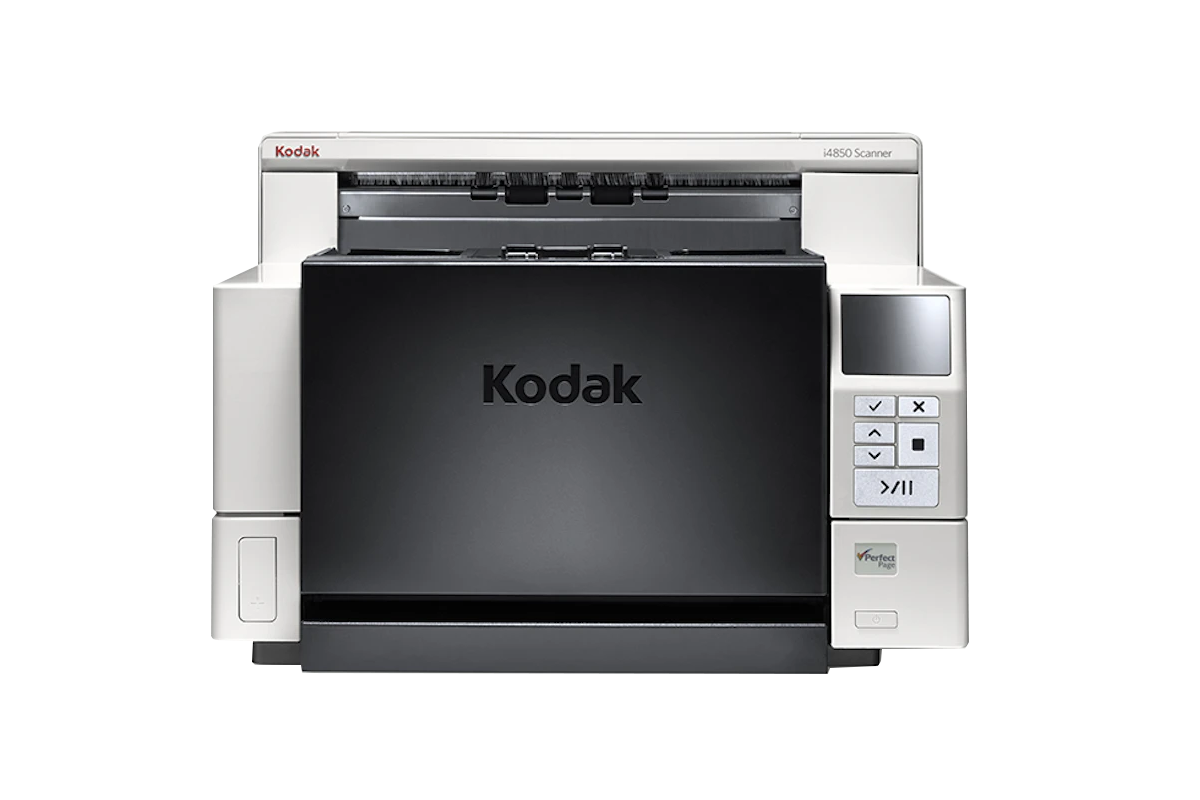The 2030 Agenda for Sustainable Development was agreed by 193 Member States at the United Nations Sustainable Development Summit in New York in September 2015, and culminated in 17 clear goals to reach by 2030.
These goals are unique in that they call for action by all countries, poor, rich and middle-income to promote prosperity while protecting the planet. They recognize that ending poverty must go hand-in-hand with strategies that build economic growth and address a range of social needs including education, health, social protection, and job opportunities, while tackling climate change and environmental protection.

Konica Minolta & SDGs
In February 2016, Konica Minolta Australia became the first technology company to join the United Nations Global Compact Network Australia and in September 2016 Dr David Cooke, Konica Minolta Australia’s ex-CEO joined other eminent Australian business leaders who came together to sign a Statement of Support for the United Nation’s Sustainable Development Goals. In 2017, Dr Cooke joined the Global Compact Network Australia board.
In 2017 the company published its first Australian CSR Strategy: Pathways to Sustainability and Shared Value 2020 (CSR Pathways). CSR Pathways outlines the steps the company is taking and will take to be sustainable, reduce risk to people and the environment, while also creating opportunities to make a positive impact. Konica Minolta aligned each of the pathways with relevant SDG to inform targeted conversations and action. The SDG helped define what matters.
According to a study by the UN Global Compact and Accenture, 87 per cent of CEOs say the SDGs represent an essential opportunity to rethink approaches to sustainability, and 49 per cent say businesses will be the most important actor in their delivery. 1
Konica Minolta Inc President and CEO, Shoei Yamana, who was interviewed for the study, said, “Our approach is to be open and circular about our activities and impact – we disclose information to our suppliers to help them improve.” 2
The Sustainable Development agenda is an opportunity for Konica Minolta to leverage our experience, networks and business solutions to meet both our clients’ needs and contribute, in part, to addressing some of the world’s most acute problems.
Some of our existing actions correlating to specific targets are outlined below:
Goal 3
| Ensure healthy lives and promote well-being for all at all ages |
Target 3.8 - Achieve universal health coverage, including financial risk protection, access to quality essential health-care services and access to safe, effective, quality and affordable essential medicines and vaccines for all. |
Konica Minolta and Tohoku University have developed High Sensitive Tissue Testing (HSTT), which accurately detects the proteins that manifest in cancer cells using fluorescent nanoparticles.* HSTT determines the location and amount of specific proteins that manifest in cancer cells, offering an early-stage, highly precise diagnosis. It will also allow for better grouping of cancer patients, increase success rates of clinical trials, generate economic benefits for the healthcare industry, and improve cure rates of cancer.
Goal 12
| Ensure sustainable consumption and production patterns |
Target 12.4 - By 2020 achieve environmentally sound management of chemicals and all wastes throughout their life cycle in accordance with agreed international frameworks and significantly reduce their release to air, water and soil to minimize their adverse impacts on human health and the environment. Target 12.5 - By 2030, substantially reduce waste generation through prevention, reduction, recycling, and reuse. Target 12.6 - Encourage companies, especially large and trans-national companies, to adopt sustainable practices and to integrate sustainability information into their reporting cycle. |
Konica Minolta is proud to work in partnership with Close the Loop to recycle its empty toners and drum units. Konica Minolta empty toners are returned, sorted, classified and then recycled – all with a zero waste to landfill guarantee. Since the program's inception, over 2 million Konica Minolta cartridges, have been diverted from landfill.
We already collect and recycle equipment at the end of its contract life in all of our branches around the country.
This recycling of equipment is done with SIMs recycling solutions. After recycling, everything is certified as recycled with SIMs, providing us with detailed reports for each batch of electronic waste recycled.
Konica Minolta Group reports annually on sustainability. Our latest CSR report can be found here.
Goal 17
| Multi-stakeholder partnerships |
Target 17.7 - Encourage and promote effective public, public-private, and civil society partnerships, building on the experience and resourcing strategies of partnerships. |
Together with charity partners, Konica Minolta has donated financial and human resources to address social justice issues in Australia and overseas. In a development context we work closely with anti-trafficking organisation, Project Futures, on programs to assists human trafficking victims in Cambodia. In Australia Konica Minolta supports The Smith Family in their mission to help disadvantaged children.
1, 2 https://unglobalcompact.org/library/4331
 Find the perfect printer for your business
Read more
Find the perfect printer for your business
Read more
 Elevate your print & information technology with Insight Hub
Read more
Elevate your print & information technology with Insight Hub
Read more
